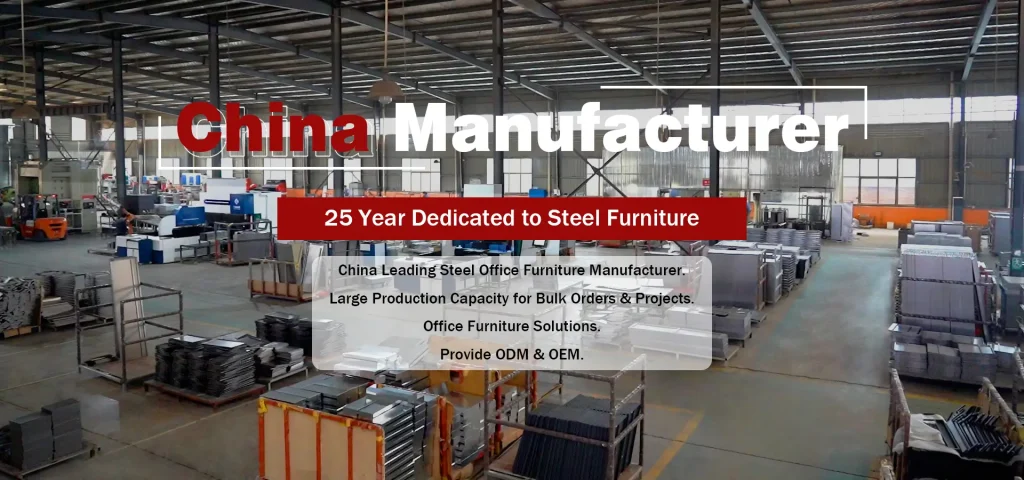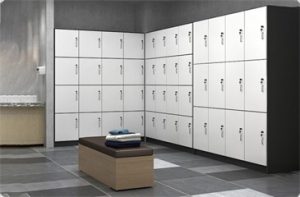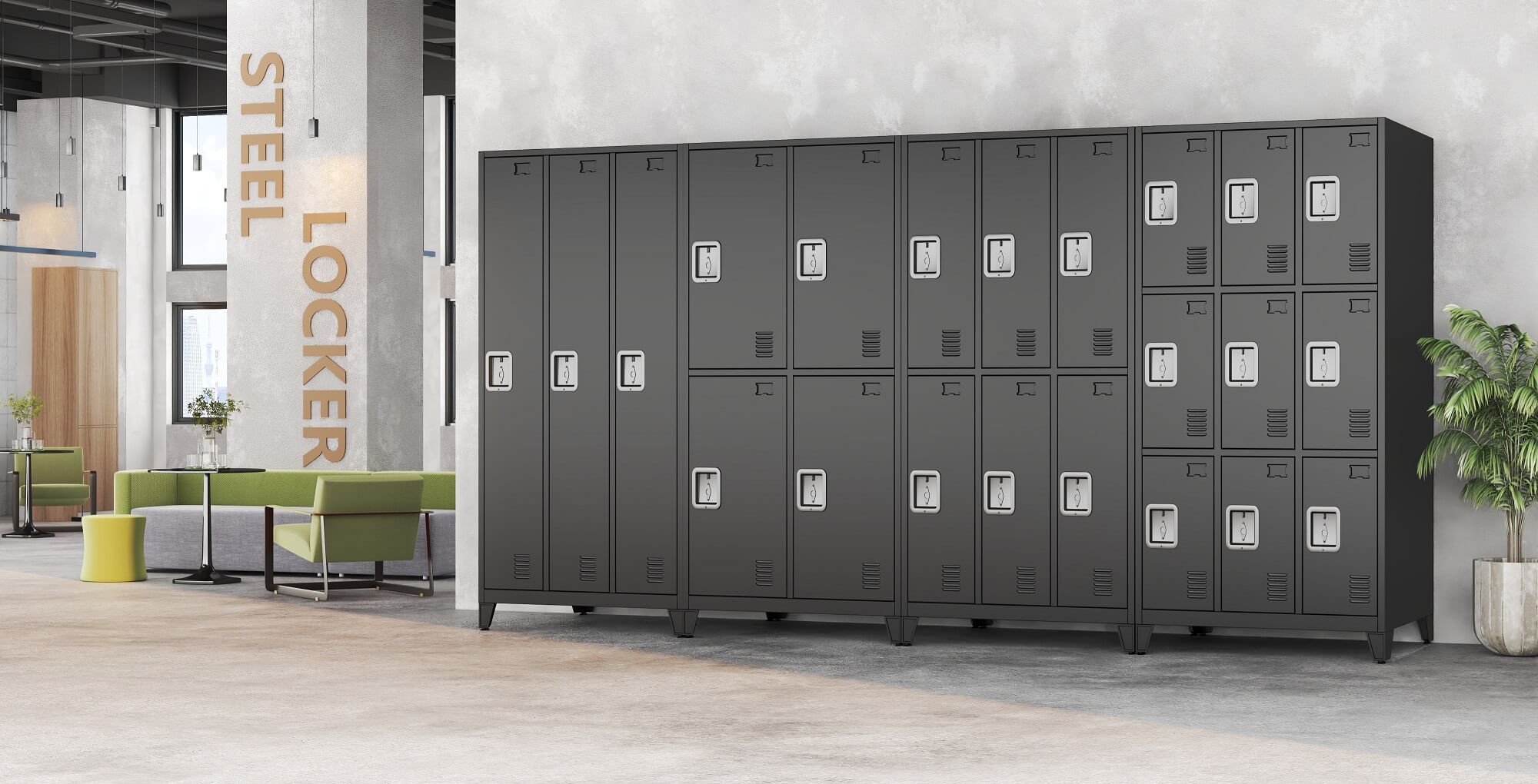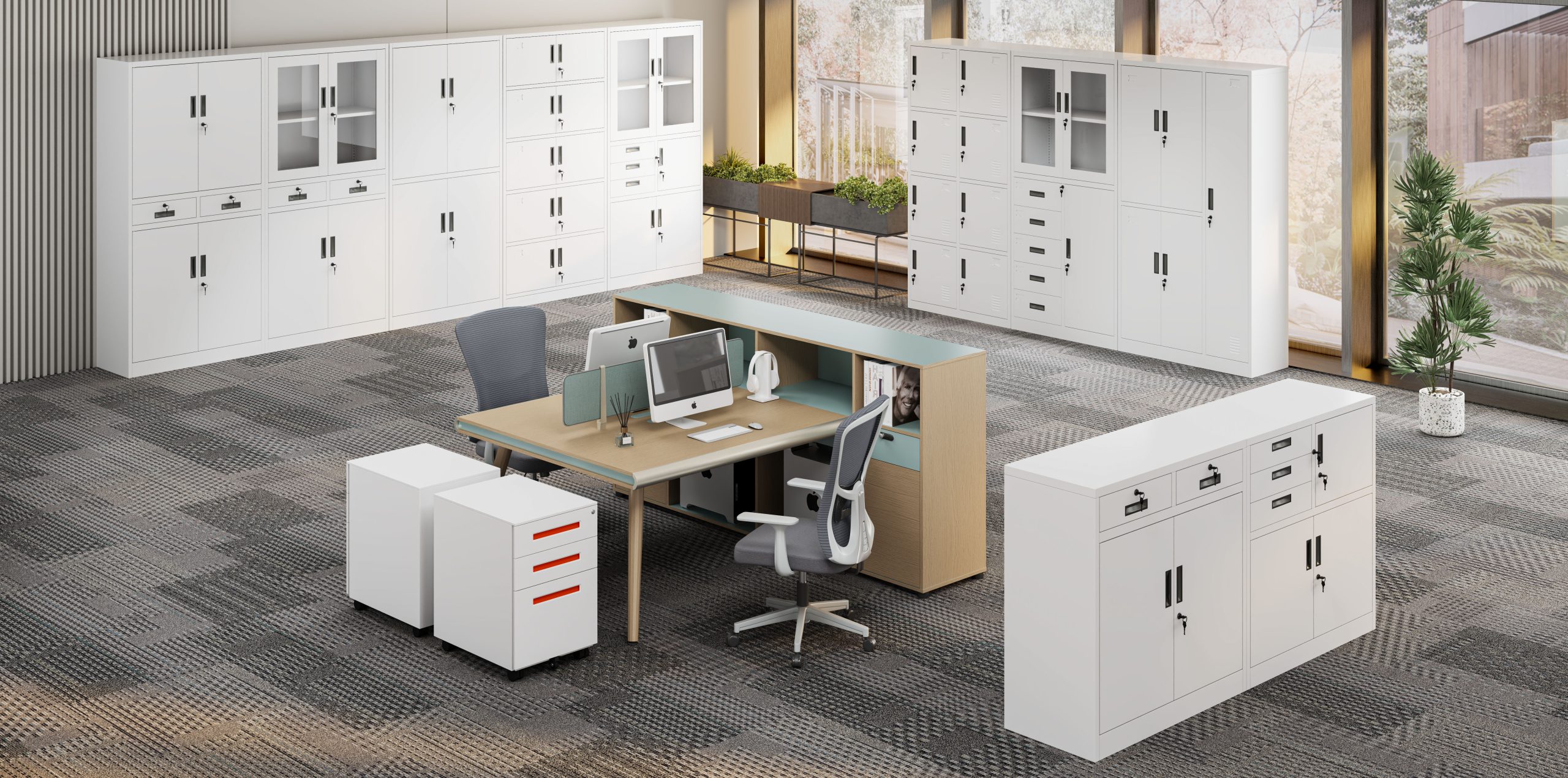When it comes to payment methods, our business manager will recommend a payment method that suits both parties based on the actual situation. No matter which payment method is used, mutual trust is required. FNT Steel Furniture is one of the largest steel furniture manufacturer and exporter in China and is a reliable partner.

1. Letter of Credit (L/C)
Key Features:
- Guaranteed by bank credit, with the bank assuming primary payment responsibility.
- Complex process requiring strict matching of documents (e.g., bills of lading, invoices); refusal of payment may occur if discrepancies are found.
Application Scenarios:
- New clients or transactions with distrustful parties to reduce risks for both sides.
- Large-value transactions or high-risk countries/regions (e.g., the Middle East, Africa).
Advantages: Safe and reliable, suitable for unfamiliar trading partners.
Disadvantages: High handling fees (about 0.1%-1.5% of the amount), cumbersome procedures, and potential disputes due to document discrepancies.
2. Telegraphic Transfer (T/T)
Key Features:
Direct bank transfer, divided into “advanced T/T” and “post-shipment T/T”:
- Advanced T/T: Payment before shipment (e.g., 30% deposit + 70% against bill of lading copy), low risk for sellers.
- Post-shipment T/T: Payment after shipment, low risk for buyers (often used for long-term clients).
Application Scenarios:
- Advanced T/T: Small-to-medium orders, new clients, or high-risk products (e.g., customized goods).
- Post-shipment T/T: Long-term cooperation with highly trusted clients.
Advantages: Simple process, fast fund arrival (1-3 working days), low cost (handling fees about $10-$50).
Disadvantages: Sellers bear the risk of buyer non-payment under post-shipment T/T.
3. Documents against Payment (D/P)
Key Features:
A collection method where the bank releases documents (e.g., bill of lading) only after the buyer makes payment, ensuring “payment before document release.”
Application Scenarios:
Buyers with good credit but requiring risk control by sellers (safer than D/A).
Advantages:
More flexible than L/C, lower cost (bank fees about 0.1%-0.5%).
Disadvantages:
If the buyer refuses payment, goods may be stranded at the port, incurring extra costs.
4. Documents against Acceptance (D/A)
Key Features:
A collection method where the buyer obtains documents by accepting a usance bill and pays at maturity (e.g., “D/A 30 days”).
Application Scenarios:
Buyers with extremely high credit (e.g., subsidiaries of multinational corporations) or when concessions are needed to attract clients in competitive markets.
Advantages:
Attracts clients and enhances competitiveness.
Disadvantages:
Extremely high risk for sellers (buyers may default on payment at maturity); only recommended for highly trusted clients.
5. Installment Payment
Method : Payment in stages according to production/delivery progress (such as 30% deposit + 70% balance).
Applicable scenarios : long-term orders such as customized products and large equipment.
6.Open Account (O/A)
Applicable scenarios : long-term cooperation and old customers with good credit.
Method : The seller ships the goods first, and the buyer pays after the agreed payment period (such as 30-90 days).
Features : Buyers have an advantage and sellers have high risk (buyer’s credit needs to be evaluated).
7.Combined Payment
A. Common combinations :
- 30% T/T + 70% L/C : Reduce the L/C amount and reduce the fee.
- Deposit + balance payment upon seeing the copy of bill of lading : e.g. 30% prepaid, 70% payment upon seeing the copy of bill of lading.
B. Other emerging approaches
Cross-border third-party payment (such as PayPal, Stripe): suitable for small B2C or sample orders, but the handling fee is high (about 3%-5%).
Contact Us
Click the right Online service on our website
Send us an email: [email protected]
Leave a message on our website.
WhatsApp/Wechat: +86 13937913510













